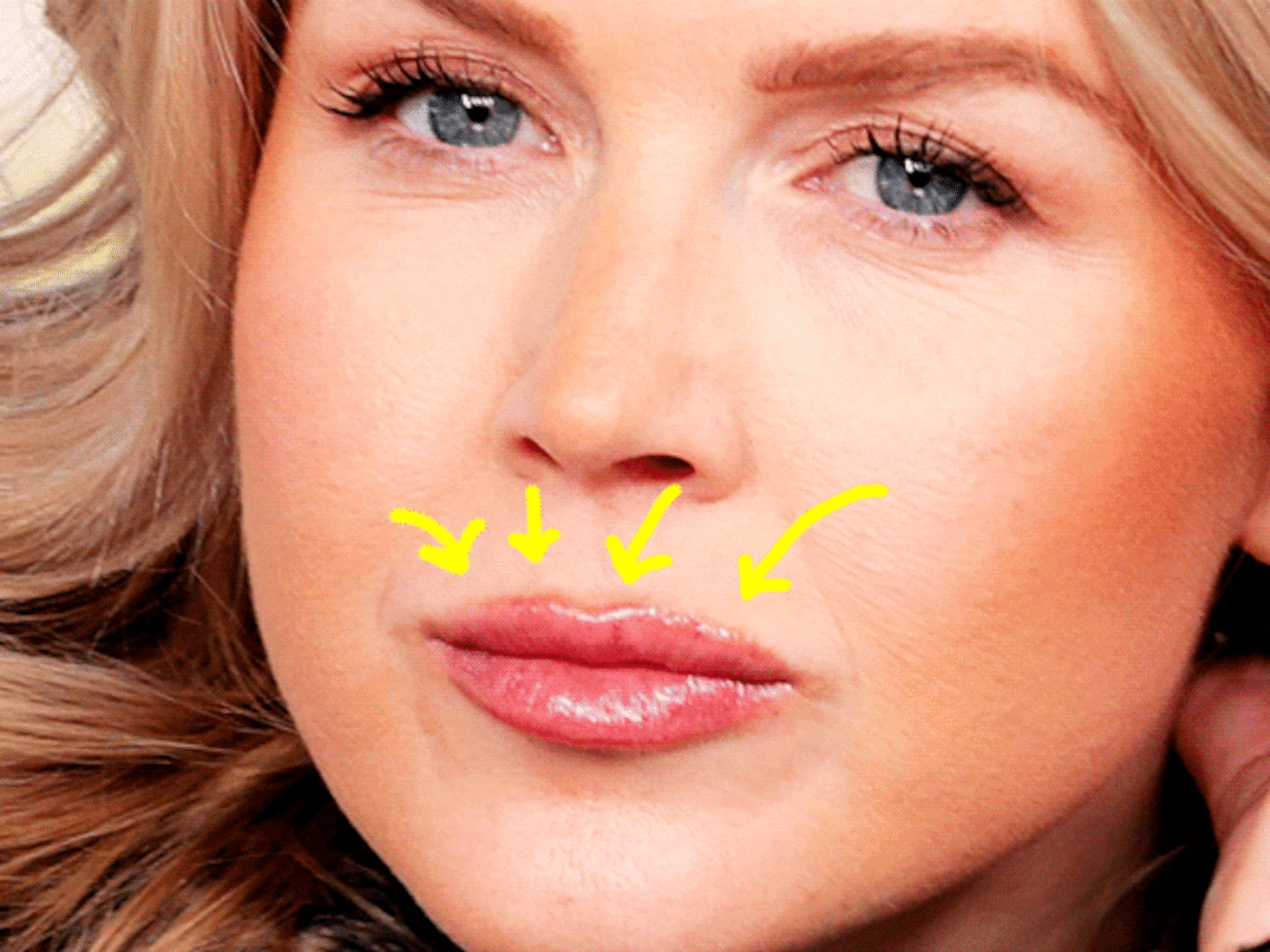The numbers don’t lie: Solar power is on the rise. According to a 2021 report by the International Energy Agency, power generated from renewable solar power systems grew worldwide by 23 percent from 2019 to 2020. In the U.S., 3 percent of all electricity generated in 2020 came from solar power. That number is expected to jump to a whopping 20 percent by 2050.
But there’s a problem threatening how renewable solar energy is: dust. Photovoltaic soiling (or PV soiling) is when dust, pollen, or other particles accumulate and settle on the surface of a solar panel. According to the National Renewable Energy Laboratory in the U.S., this layer of grime lowers the light-harvesting ability and efficiency of a solar panel, leading to an energy loss of 7 percent in some parts of the U.S. to as high as 50 percent in the Middle East.
While many solar power plants solve this PV soiling issue by washing panels with water, the effort uses about 10 billion gallons per year—roughly enough water for 2 million people annually. Reducing this gargantuan water footprint while thwarting energy loss is critical in a future of impending water scarcity.
Luckily, scientists have devised an H2O-free way to clean a grimy solar panel. In a study published in the journal Science Advances on Friday, researchers at MIT created a system that removes dust using a shocking little phenomenon that surrounds you every day: static electricity. An electrode passed over a solar panel gives an electrical charge to the dust particles at the panel’s surface. Another electrode at the panel’s glass cover sends its electric charge to the panel’s surface. This interaction bounces the dust off the panel in an instant, without expending any finite resources or physically damaging the solar panels themselves.
“By using this technique, we can recover up to 95 percent of a solar panel’s power output,” Sreedath Panat, an MIT doctoral student and the study’s lead author, told The Daily Beast.
This technique mainly works because 80 percent of dust particles contain a mineral called silica, an insulating material that acquires electrical charge because it absorbs moisture from the surrounding environment. As long as there’s enough humidity in the air (above 20 to 30 percent), there’s enough moisture for the silica to absorb, Panat said. Fortunately, too little moisture in dry regions like in the desert doesn’t pose that much of a problem since humidity tends to fluctuate where it’s highest at night. For those regions, Panat said, the solar panel’s repulsion system can be timed to go off during periods of optimal humidity.
The researchers plan to motorize their system, which is not as energy-intensive as that may sound. Panat and his team are thinking of allowing the motor to take a tiny bit of power from the solar panel or even adding a dedicated mini-solar panel to feed the necessary juice.
While it’s hard to say when exactly this waterless solar panel cleaning system will be available—Panat said his team recently submitted a pending patent—he is optimistic of the prototype’s scalability and future for upcoming field tests.
“We are really hoping to conduct some field studies by making a large-scale system, installing it on a larger solar panel, and measuring output,” he said, adding that what his team has demonstrated is not really a proof-of-concept but proof-of-product “that can be easily scaled and which already works.”
As the popularity of solar panels continues to rise, using the cleansing power of electricity, and not water, may soon be part of the solar power package.







